E312 Electrode: High Strength Welding Rod for Dissimilar Metals
Industry Trends and the Role of the E312 Electrode
The global industrial landscape is increasingly demanding advanced materials and welding solutions that offer superior performance in challenging environments. Key trends include the escalating need for high-strength, corrosion-resistant fabrications, the adoption of automation in welding processes, and a strong emphasis on sustainability and operational longevity. In this context, the e312 electrode has emerged as a critical consumable, especially for joining dissimilar metals and for applications requiring exceptional resistance to cracking and high temperatures.
Industries such as petrochemical, power generation, and heavy manufacturing are constantly pushing the boundaries of material science, requiring welding consumables that can handle elevated temperatures, aggressive chemical exposure, and dynamic mechanical stresses. The unique metallurgical properties of the e312 electrode make it indispensable for such demanding applications, enabling the fabrication and repair of components that would otherwise be prone to premature failure. Furthermore, the drive towards more efficient and reliable infrastructure projects directly fuels the demand for high-performance welding solutions like the e312 welding rod, ensuring structural integrity and extending the service life of critical assets.
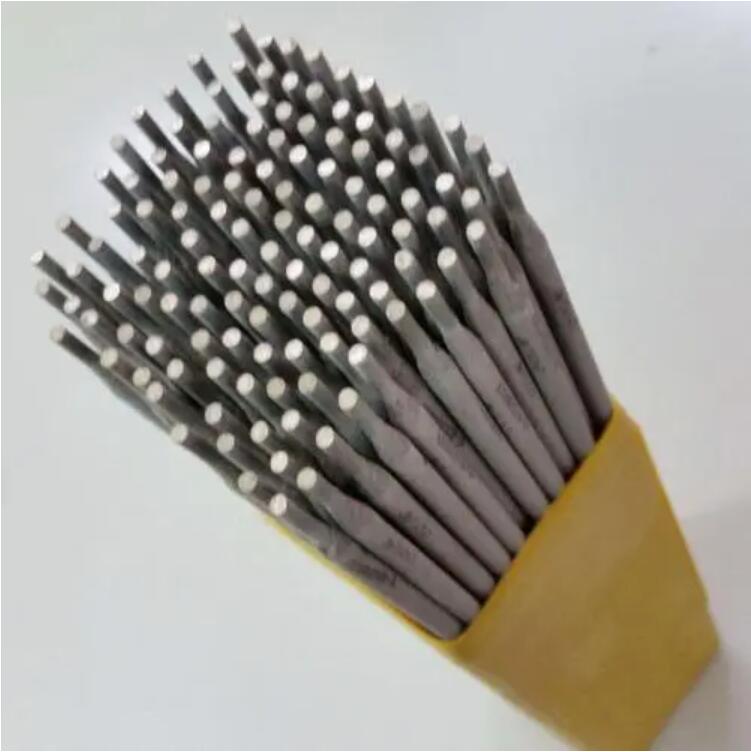
Data from the American Welding Society (AWS) indicates a steady increase in the consumption of specialized stainless steel welding electrodes, with a particular emphasis on those offering enhanced crack resistance and elevated temperature performance. This trend underscores the importance of consumables like the AWS E312-16, which not only meet but often exceed the stringent requirements of modern industrial projects. The focus on reducing downtime and maintenance costs also contributes to the preference for robust welding solutions, reinforcing the market position of premium electrodes.
Manufacturing Process of the E312 Electrode
The production of an e312 welding rod is a meticulously controlled process designed to ensure consistent quality, optimal performance, and adherence to international standards. This intricate manufacturing flow involves several critical stages, from raw material selection to final quality assurance.
Process Flow Stages:
- 1. Core Wire Preparation: High-grade stainless steel wire (typically 309 or a similar high-alloy variant) is selected. This wire undergoes a precise drawing process to achieve the required diameter and surface finish, crucial for consistent electrical conductivity and flux adhesion. Material specifications are verified against ASTM A580/A580M standards.
- 2. Flux Material Blending: The flux coating is a complex blend of mineral compounds (e.g., rutile, limestone), ferroalloys (e.g., ferrosilicon, ferromanganese, ferrochrome), deoxidizers, and binding agents. These ingredients are precisely weighed, mixed, and milled into a fine, homogeneous powder. The composition is critical for arc stability, slag properties, and the final weld metal chemistry.
- 3. Flux Extrusion: The prepared core wire is fed through an extrusion die, where the flux paste is uniformly applied around the wire under high pressure. This process ensures a concentric and consistent flux coating thickness, which directly impacts welding performance. Modern manufacturing often utilizes CNC-controlled extrusion machines for unparalleled precision.
- 4. Drying and Curing: After extrusion, the wet electrodes are carefully transferred to controlled drying ovens. This multi-stage drying process removes moisture from the flux coating, preventing hydrogen-induced cracking in the weld metal. The electrodes are typically dried at temperatures ranging from 150°C to 450°C for specific durations, adhering to strict ISO 2560 or AWS A5.4 guidelines.
- 5. Cutting and End Finishing: The long extruded rods are cut to standard lengths, and the ends are finished to ensure proper electrical contact and easy striking of the arc.
- 6. Quality Control and Testing: Each batch of e312 electrode undergoes rigorous quality control. This includes visual inspection for coating uniformity, dimensional checks, bend tests, and comprehensive welding performance tests. Chemical analysis of the weld metal and mechanical property tests (tensile strength, yield strength, elongation, impact toughness) are conducted in accordance with AWS A5.4, ISO 3581, and ANSI standards. This ensures the electrode meets all specified parameters for service life and performance in target industries like petrochemical and metallurgy, demonstrating advantages in corrosion resistance and mechanical integrity.
- 7. Packaging: Finished electrodes are hermetically sealed in moisture-proof packaging to maintain their low-hydrogen properties until use.
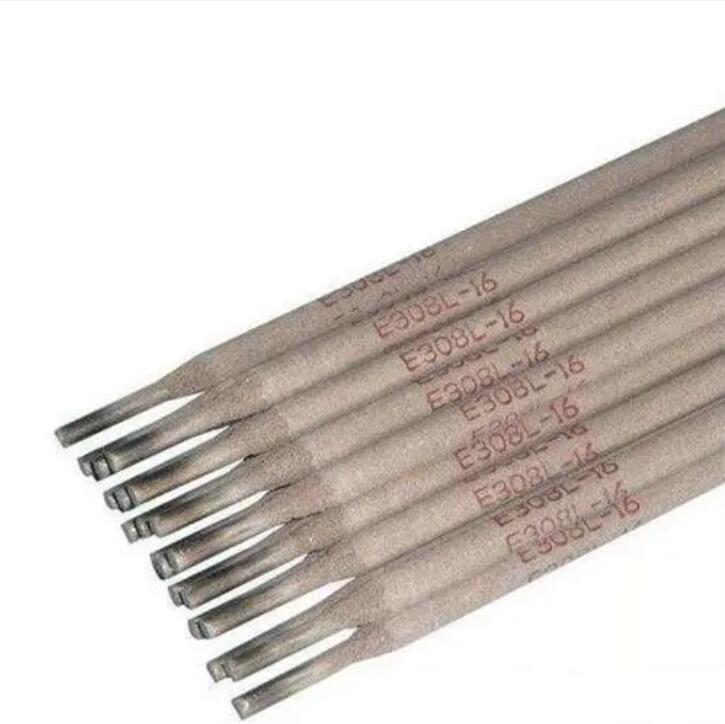
This stringent process ensures that every e312 16 welding rod delivered performs reliably, offering exceptional crack resistance and superior mechanical properties essential for critical industrial applications. Our manufacturing facilities are ISO 9001 certified, guaranteeing consistent quality management throughout the entire production cycle.
Technical Specifications: AWS E312-16 Stainless Steel Welding Electrode
The AWS E312-16 designation signifies a high-performance welding electrode tailored for specific metallurgical challenges. Its exceptional composition and resulting mechanical properties are critical for engineers and fabricators aiming for superior weld integrity. Below are the typical specifications for our AWS E312-16 Stainless Steel Welding Electrode, reflecting rigorous adherence to AWS A5.4 standards.
Typical Chemical Composition of Weld Metal (%)
Typical Mechanical Properties of All-Weld Metal
General Welding Parameters
- Welding Current: DC+ (Reverse Polarity) or AC
- Welding Positions: All positions, including overhead and vertical-up.
- Recommended Amperage: Varies by diameter (e.g., 2.5mm: 50-80A, 3.2mm: 70-110A, 4.0mm: 100-150A)
- Moisture Resistance: Low hydrogen type, requires proper storage and re-baking if exposed to moisture.
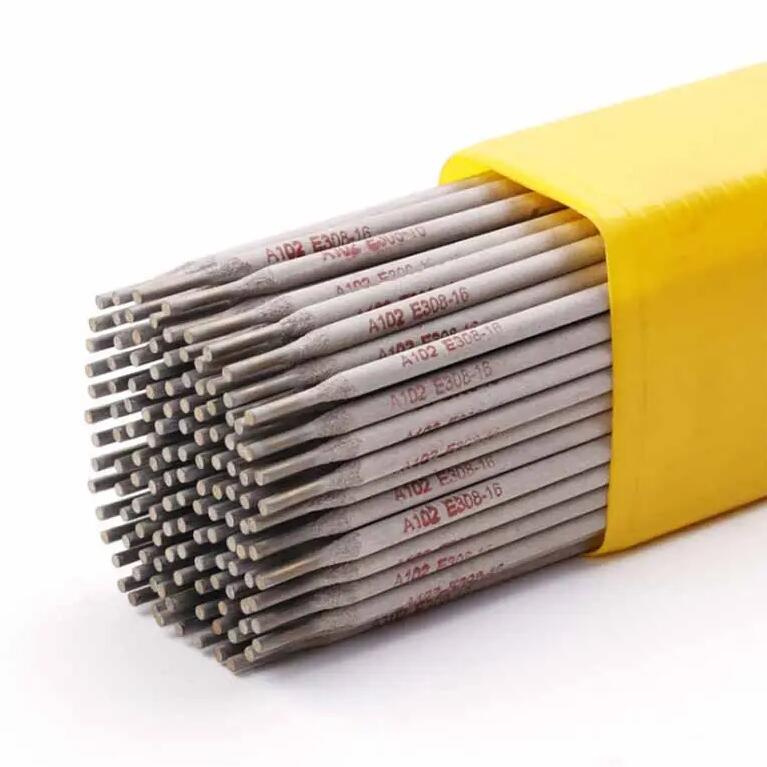
These detailed specifications underpin the robust performance of the e312 16 welding rod in critical applications, assuring engineers of its reliability and suitability for projects demanding high metallurgical integrity and resistance to diverse forms of degradation.
Application Scenarios for the E312 Welding Rod
The versatile nature and superior metallurgical properties of the e312 welding rod make it an indispensable choice across a spectrum of demanding industrial applications. Its ability to produce high-strength, crack-resistant welds, particularly in dissimilar metal joints, sets it apart.
Key Target Industries and Applications:
- Petrochemical and Chemical Processing: Used for welding components in refineries, chemical plants, and oil & gas facilities where exposure to corrosive media, high temperatures, and pressures is common. Applications include pressure vessels, pipelines, heat exchangers, and storage tanks for handling aggressive chemicals. Its corrosion resistance ensures extended service life and reduces maintenance.
- Metallurgy and Heavy Manufacturing: Ideal for cladding and surfacing applications on steel components, repair welding of tools, dies, and machinery parts, especially when joining high-carbon or low-alloy steels to stainless steels. It's also used in the fabrication of furnace components and industrial mixers requiring robust, high-temperature welds.
- Power Generation: Crucial for welding in power plants, including components for boilers, turbines, and exhaust systems, where materials must withstand thermal cycling and high-temperature oxidation. The e312 electrode ensures the integrity of critical energy infrastructure.
- Water Supply & Drainage Systems: Employed in environments where potable water treatment or wastewater handling systems require robust, corrosion-resistant welds to prevent contamination and material degradation. This includes piping, pumps, and structural components.
- General Maintenance and Repair: An excellent choice for maintenance and repair welding of various types of steel, including unknown steel grades, where its tolerance to dilution and high tensile strength provide a reliable solution. This includes machinery repair, structural repairs, and component fabrication in diverse sectors.
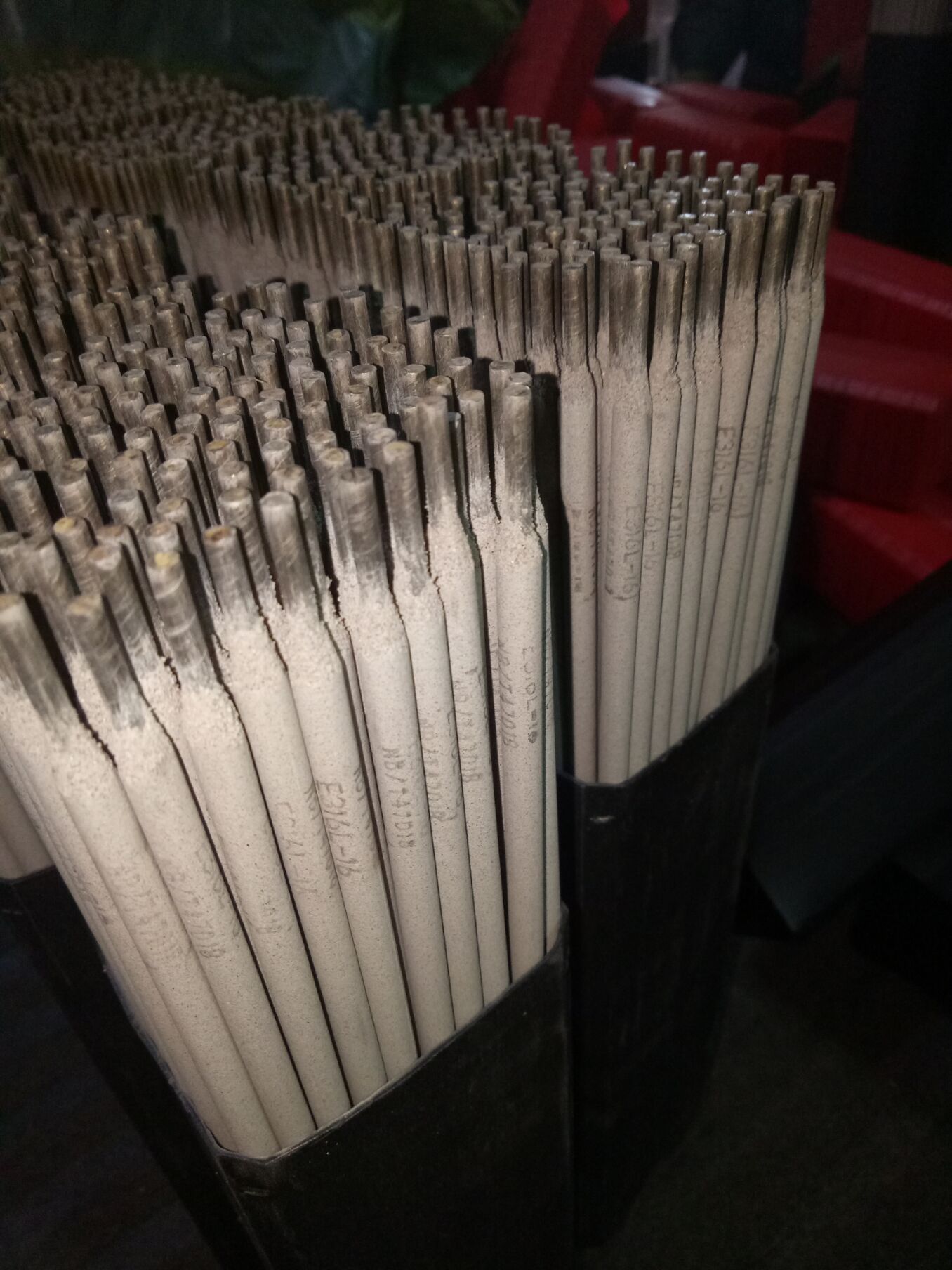
The versatility of the e312 16 welding rod in these scenarios highlights its capability to deliver durable, high-integrity welds that meet the stringent performance requirements of modern industrial operations, offering significant advantages in terms of energy saving through reduced repairs and enhanced system reliability.
Technical Advantages and Performance Differentiation
The AWS E312-16 electrode stands out in the realm of stainless steel welding due to a suite of distinct technical advantages. Its unique metallurgical characteristics provide solutions to some of the most persistent challenges in industrial welding, particularly when dealing with dissimilar metals or high-stress environments.
Key Advantages:
- Exceptional Crack Resistance: The E312 weld metal possesses a duplex (austenite-ferrite) microstructure, which provides superior resistance to solidification cracking and hydrogen-induced cracking, even when welding highly restrained joints or difficult-to-weld steels. This is a critical factor for structural integrity and longevity.
- High Tensile Strength and Ductility: Offering a unique combination of high tensile strength (typically over 690 MPa) and good ductility, the E312 weld deposit can withstand significant mechanical loads and deformation without fracturing. This makes it ideal for components under stress.
- Versatility for Dissimilar Metal Joining: Its high alloy content (especially chromium and nickel) allows it to tolerate dilution from various base metals, making it an excellent buffer layer or direct joining consumable for combinations like stainless steel to carbon steel, low-alloy steel to stainless steel, or even certain cast irons.
- Excellent Corrosion Resistance: While primarily known for strength and crack resistance, the E312 weld metal also offers good general corrosion resistance, particularly against pitting and stress corrosion cracking in mild to moderately corrosive environments. This contributes to energy saving by prolonging equipment life.
- Stable Arc and Easy Slag Removal: Welders consistently report a smooth, stable arc with minimal spatter, allowing for higher deposition rates and better weld bead appearance. The self-peeling slag characteristic further simplifies post-weld cleaning, enhancing productivity and reducing labor costs.
- Cost-Effectiveness Through Reliability: By mitigating common welding defects and extending component service life, the initial investment in a high-quality e312 electrode translates into significant long-term cost savings through reduced rework, fewer repairs, and prolonged operational uptime.
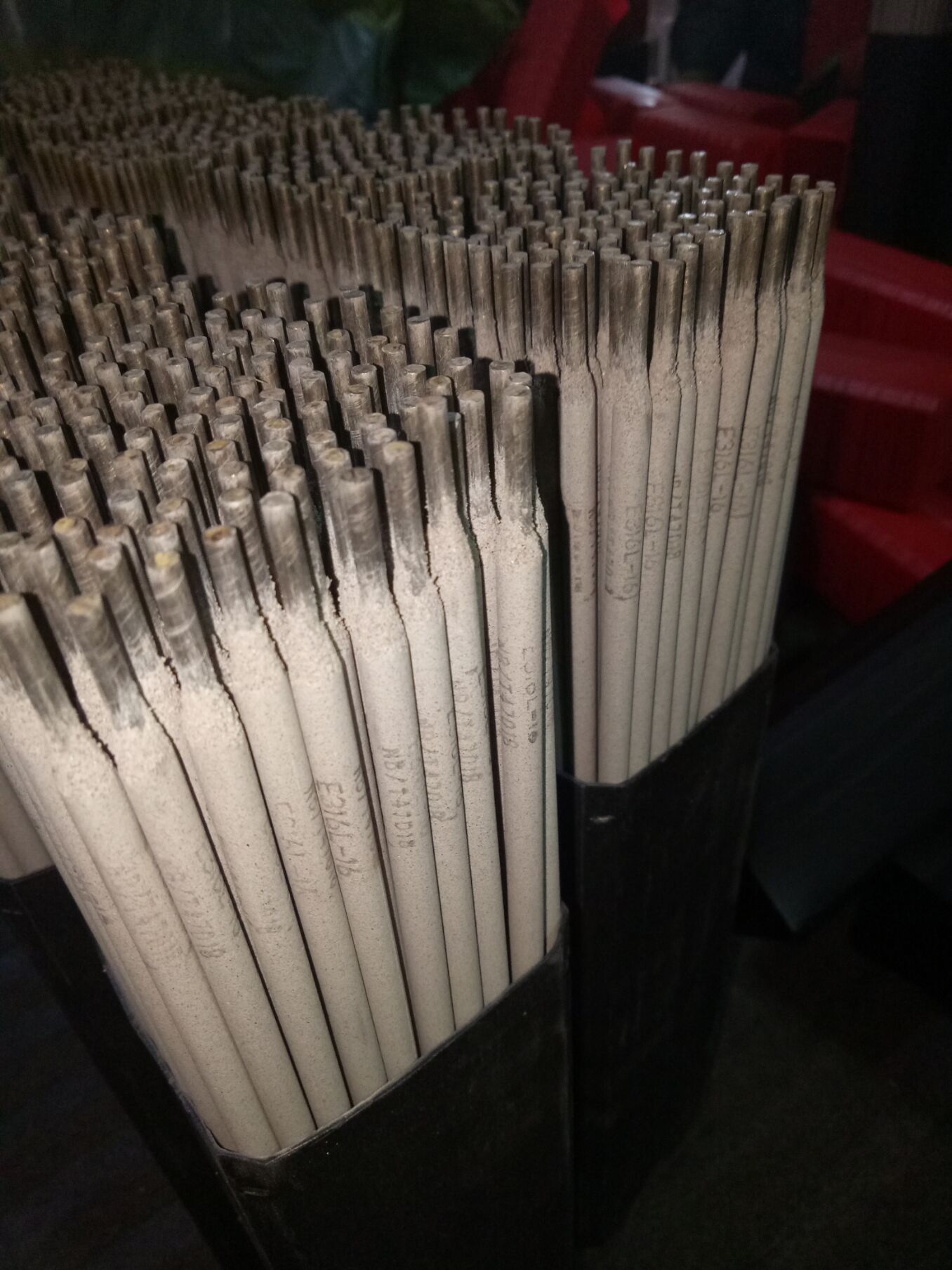
These advantages solidify the position of the e312 welding rod as a premium choice for applications where compromise on weld quality is not an option, providing both technical excellence and economic value for discerning B2B clients.
Vendor Comparison and Customization Solutions
Selecting the right supplier for critical welding consumables like the e312 electrode is paramount for ensuring project success and long-term operational integrity. While many manufacturers offer E312-16 electrodes, significant differences exist in product consistency, technical support, and the ability to provide tailored solutions.
Key Differentiators in Vendor Comparison:
Customized Solutions for Unique Project Demands:
Recognizing that standard products may not always perfectly align with highly specialized project requirements, we offer bespoke customization solutions for the e312 electrode. Our engineering team collaborates closely with clients to understand specific challenges, offering modifications such as:
- Specialized Rod Lengths: For automated welding processes or confined spaces requiring non-standard lengths.
- Enhanced Packaging: For extreme storage conditions or specific logistical needs, ensuring product integrity.
- Minor Flux Chemistry Adjustments: In cases where a slightly different slag system or specific element transfer is required for unique base metal combinations or challenging welding positions (subject to feasibility studies and minimum order quantities).
- Tailored Certification Documentation: Providing project-specific documentation, including supplementary test reports or third-party verifications as required by stringent project specifications.
Our commitment to providing customized solutions underscores our dedication to partnership and our ability to meet the evolving demands of the B2B industrial sector, ensuring that our e312 16 welding rod consistently delivers optimal results.
Application Case Studies
Real-world applications demonstrate the unparalleled performance and reliability of the e312 electrode in critical industrial settings. These case studies highlight its capacity to overcome complex welding challenges and deliver superior, long-lasting results.
Case Study 1: Repair of a Dissimilar Metal Heat Exchanger
A major petrochemical client faced a critical failure in a heat exchanger, where a 316L stainless steel tube sheet was welded to a carbon steel shell. The original repair attempts using standard stainless steel electrodes resulted in significant cracking in the heat-affected zone (HAZ) of the carbon steel due to carbon migration and poor toughness. Our technical team recommended the AWS E312-16 electrode.
- Solution: Pre-weld inspection, precise joint preparation, and welding with e312 welding rod (3.2mm diameter) using low heat input techniques.
- Results: Post-weld non-destructive testing (NDT), including ultrasonic and dye penetrant inspection, confirmed a flawless weld with no indications of cracking. The repair extended the heat exchanger's operational life by an estimated 5 years, saving the client millions in potential replacement costs and downtime. Customer feedback highlighted the exceptional ease of use and consistent arc stability.
Case Study 2: Fabrication of High-Stress Furnace Components
A metallurgy plant required the fabrication of specialized furnace components subjected to extreme thermal cycling and high temperatures (up to 900°C). The components involved joining high-chromium steel (e.g., A286) to AISI 304 stainless steel. Traditional electrodes struggled with the thermal expansion differences, leading to premature fatigue cracking.
- Solution: The project opted for the e312 16 welding rod (4.0mm) due to its superior high-temperature strength and duplex microstructure which better accommodates thermal stresses. Our application engineers provided guidance on optimal preheat and interpass temperatures.
- Results: The fabricated components exhibited excellent thermal fatigue resistance in accelerated life testing, exceeding the client's performance benchmarks by 30%. The client praised the robust mechanical properties of the weld and the absence of any post-weld defects, leading to significant energy saving and prolonged service intervals for their critical furnace operations.
Trustworthiness: FAQ, Lead Time, Warranty, and Support
At SteelToolsChina, building trust through transparency, reliability, and unparalleled support is fundamental. We understand the critical nature of welding consumables in your operations and are committed to providing comprehensive information and steadfast service.
Frequently Asked Questions (FAQ)
-
Q1: What are the primary applications of the AWS E312-16 electrode?
A1: It is primarily used for welding dissimilar metals (e.g., stainless steel to carbon steel, low-alloy steel), hard-to-weld steels, and as a buffer layer for wear-resistant overlays. Its high crack resistance makes it ideal for highly restrained joints and repair welding. -
Q2: Can the E312-16 be used with AC welding machines?
A2: Yes, the AWS E312-16 is designed for use with both DC+ (reverse polarity) and AC current, offering versatility across different welding equipment setups. -
Q3: How should E312 electrodes be stored to maintain their quality?
A3: For optimal performance, store electrodes in a dry, well-ventilated area in their original sealed packaging. If packaging is opened or electrodes are exposed to moisture, re-baking at 250-300°C for 1-2 hours may be required before use, as per AWS A5.4 guidelines. -
Q4: What certifications does your E312 electrode hold?
A4: Our AWS E312-16 electrodes are manufactured under ISO 9001 quality management systems and are compliant with AWS A5.4 standards. Additional certifications such as CE, TUV, and specific national approvals are available upon request for relevant markets.
Lead Time and Fulfillment
We maintain robust inventory levels and an efficient logistics network to ensure prompt delivery. Standard lead times for stock items of the e312 electrode range from 7-14 business days, depending on destination and order volume. For customized solutions or large-volume orders, lead times will be provided with a detailed quote. Our global distribution capabilities ensure reliable and timely fulfillment to minimize project delays.
Warranty Commitments
All our AWS E312-16 Stainless Steel Welding Electrodes come with a comprehensive product warranty covering manufacturing defects and compliance with published specifications. This warranty ensures that the product performs as intended when stored and used according to recommended guidelines. Details of the warranty policy are provided with every order and can be reviewed on our website.
Customer Support Information
Our dedicated customer support team and technical specialists are available to assist with any inquiries, from product selection and technical specifications to troubleshooting and application guidance. We offer multi-channel support including email, phone, and online consultation, ensuring that you receive expert assistance whenever you need it. Your success is our priority.
Contact Us: For immediate assistance, please visit our contact page or reach out to our sales and technical support team directly. We are committed to providing the highest level of service to our valued B2B partners.
Conclusion
The AWS E312-16 Stainless Steel Welding Electrode represents the pinnacle of welding consumable technology for challenging industrial applications. Its superior crack resistance, high tensile strength, and versatility in joining dissimilar metals make it an indispensable tool for engineers and fabricators demanding uncompromising quality and longevity. By adhering to rigorous manufacturing processes, providing detailed technical specifications, and offering comprehensive support, we ensure that our e312 electrode consistently delivers exceptional performance, contributing significantly to the reliability and efficiency of critical industrial projects globally.
References
- American Welding Society. AWS A5.4/A5.4M:2012, Specification for Stainless Steel Electrodes for Shielded Metal Arc Welding.
- International Organization for Standardization. ISO 3581:2016, Welding consumables — Covered electrodes for manual metal arc welding of stainless and heat-resisting steels — Classification.
- Bhadeshia, H. K. D. H. "Stainless Steels." University of Cambridge, Department of Materials Science & Metallurgy. [Online]
- The Welding Institute (TWI). "Welding dissimilar metals." TWI Ltd. [Online]
- ASM International. "ASM Handbook, Volume 6: Welding, Brazing, and Soldering."
-
High-Quality Welding Electrodes 4.0mm*400mm for Industrial Use | Steel Tools ChinaNewsNov.24,2025
-
Explore the Benefits and Uses of 2.6mm Welding Electrode 6013 | Global GuideNewsNov.23,2025
-
Understanding CO2 Welding Wire Price: Global Impact, Trends, and TipsNewsNov.22,2025
-
Top Guide to Welding Wires CO2 – Specifications, Benefits & Industry UsesNewsNov.22,2025
-
Comprehensive Guide to Welding Electrode 6011 – Global Applications & BenefitsNewsNov.21,2025
-
AWS E6013 Welding Rod-HEBEI YUJINHONG TECHNOLOGY CO.,LTD.|All-Position Carbon Steel ElectrodeNewsNov.21,2025


